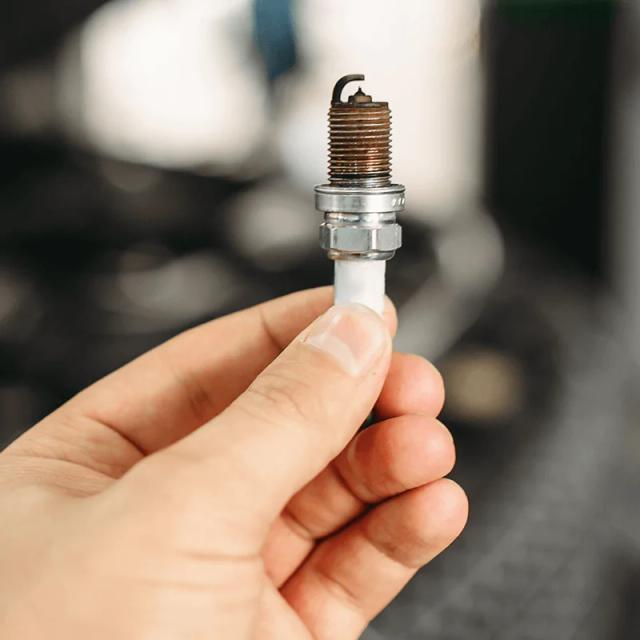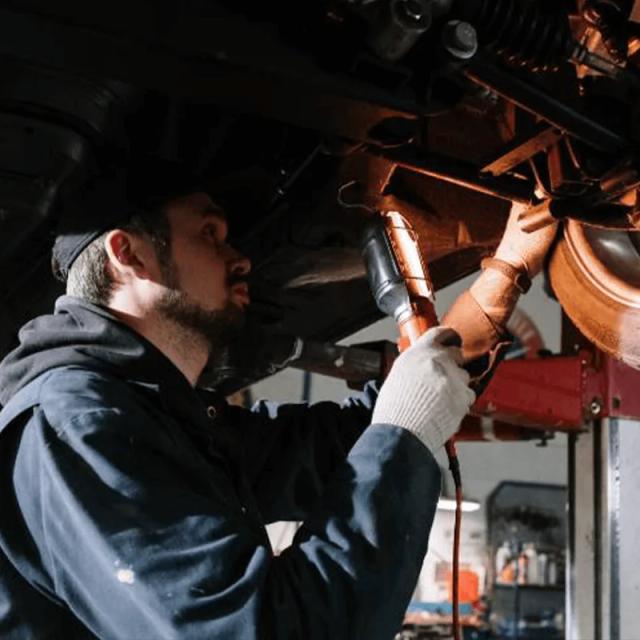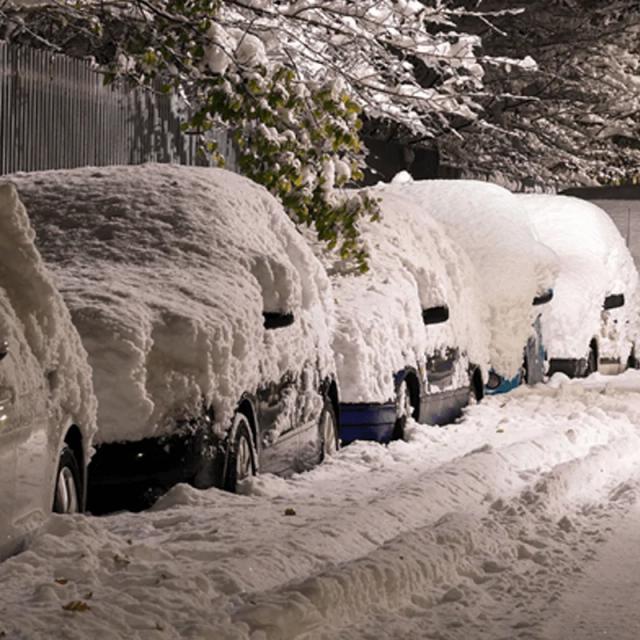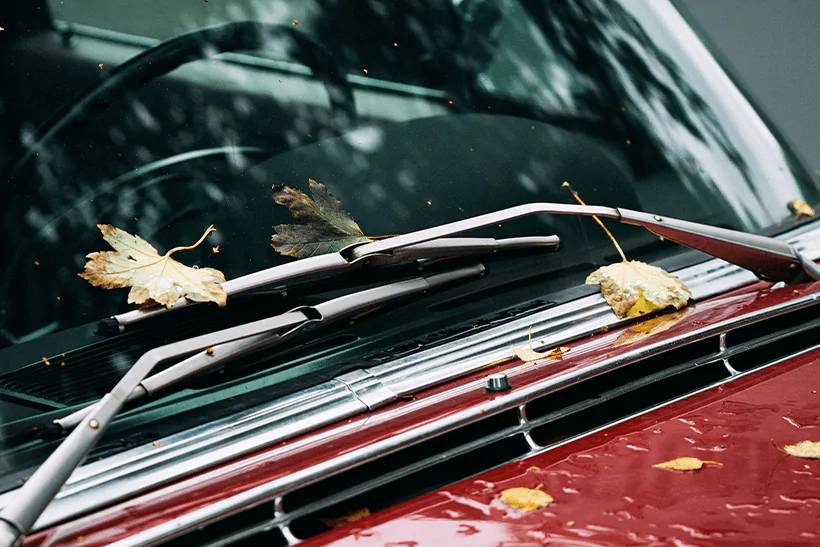
You probably don't think much about your wiper blades — until there's a problem with them, that is. These essential parts are responsible for clearing rain, sleet, or snow, as well as all the dust, mud, and bugs that can build up on the windscreen over time. But, they can only perform this important job if they're in good condition. And, when they aren't, you'll soon notice that they are much less effective at keeping your windscreen clean and clear.
Just like changing a tyre or jumping a car battery, changing the wiper blades on your vehicle is one of those jobs that all motorists should know how to do. It's a simple and quick task, and doing it at home will be much cheaper than taking your car in to the garage. So, it's well worth learning how to do it yourself.
Here, we'll explain why and when you need to change the blades, and take you through the process of replacing them step-by-step. We'll cover:
Why do I need to replace the wiper blades regularly?
Wiper blades are made out of rubber, which allows them to effectively wipe away water and dirt, leaving the windscreen clean, clear, and free of streaks and smears. However, the friction of the soft rubber moving over the hard glass windscreen also means that the wiper blades will wear down and become damaged and dented over time, reducing their effectiveness.
If the blades become very worn out, the screen may eventually become so dirty that the driver no longer has a clear, unobstructed view of the road ahead. It will also make them much less effective at clearing rain and snow off the screen during poor weather conditions. Obviously, this can be incredibly dangerous, both for the driver and other road users.
Driving with worn out wiper blades isn't just unsafe, either: it can also be a very costly mistake. As a motorist, it's your legal duty to make sure your windscreen is clean and clear at all times. In fact, if it’s allowed to become so dirty that you can't clearly see the road ahead, you could run the risk of receiving a £1000 fine. So, if you think your wiper blades are starting to get worn out, be sure to change them as soon as possible.
When do I need to replace the wiper blades?
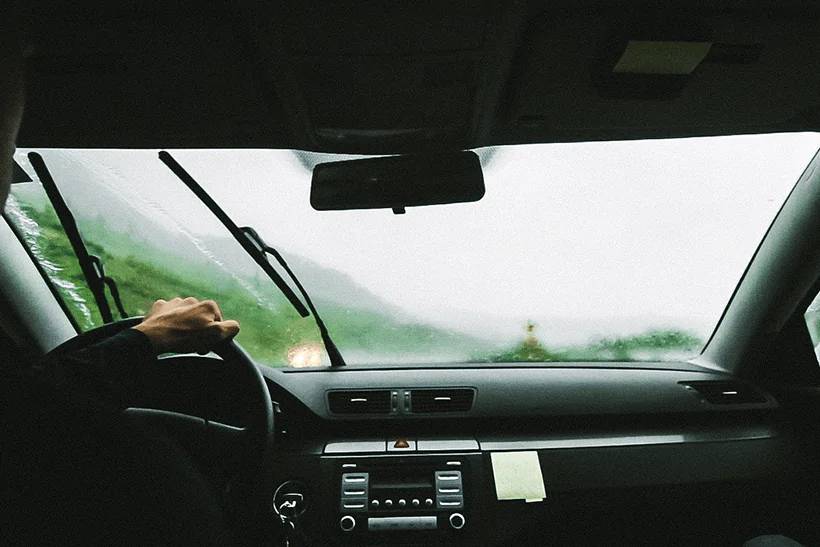
For most makes and models of car, it is generally recommended that the wiper blades should be replaced at least once a year. However, replacement intervals may vary, so you should check your car owner's manual to find the exact recommendations for your vehicle.
You should inspect and potentially replace the wiper blades sooner than this if you notice that there's a problem with them, or that they aren't clearing your windscreen as well as they used to. This is very simple to do: just lift the wiper blade away from the windscreen, and run your finger over the rubber blade. If you notice any dents, cracks, or other defects, the blade will need to be replaced.
You'll probably rely on your wipers more often during the winter months, when poor weather conditions are common. So, we would also advise checking and potentially changing your wiper blades in late autumn or early winter. To see more tips and tricks that will help you get car ready for the change of the season, take a look at our winter car checks guide.
Finding the right wiper blades for your car
Not all wiper blades are exactly the same, and different makes and models will require a particular type and size of blade. So, before you can replace the wiper blades, you'll need to source a suitable set of replacement blades.
One way to find the correct wiper blade is to measure the existing blade using a tape measure, and then seek a replacement blade in exactly the same size. You can also remove the existing blades and take them along to an auto parts store with you, to make it easier to find the exact size and shape. When shopping, bear in mind that the left and right wiper blades are not exactly the same, so you can't just buy two identical replacements: you'll need to make sure that you have an exact match for each one.
Another simple way to find the right sort of blades for your car is to use our handy product finder tool on our wiper blades product page. Just enter your car's make and model details, and we'll show you the most suitable kind of blade replacements for your vehicle.
How to replace the wiper blades in 6 simple steps
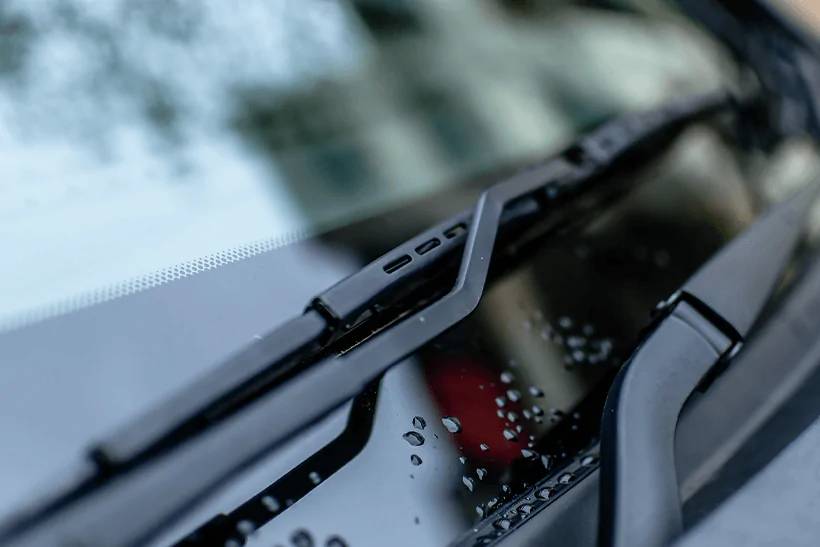
Once you've sourced the correct replacements, you can set about fitting the new wiper blades. This is a simple and quick job that anyone should be able to do, and will usually take less than ten minutes or so to perform.
You will need:
The correct type of wiper blades for your vehicle.
A flat head screwdriver. This isn't essential, but it can be useful if the blades are proving difficult to remove.
Once you've got everything ready, you can move onto changing the wiper blades.
Lift the arm of the wiper away from the windscreen. Once it is lifted up into this position, it should stay upright on its own, but be careful as the wiper arm is usually spring-loaded and may snap back down onto the screen, causing damage.
Tip: If you're worried that the wiper arm may snap back down onto the screen, you can place a folded towel on the windscreen. This will provide a bit of cushioning and protection should this happen.Next, swing the blade up and around until it is at a right angle to the wiper arm.
Remove the wiper blade. If the wiper blade doesn't have a retaining clip, you can go ahead and pull the blade free from the arm. If the wiper blade on your vehicle has a retaining clip, you'll need to press the central lever within the mechanism to release the blade. Using a flathead screwdriver will make this job easier if you're finding it tricky to get a grip on the clip. Be careful to hold onto the wiper arm with one hand at all times, to prevent it from falling back down onto the windscreen.
Install the new wiper blade. Slide the new wiper blade onto the same end of the arm where you pulled the old wiper out. Pivot it into position until the hook snaps into place. Replace any clips if needed. Place the wiper arm back into its original position on the windscreen.
Repeat steps 1 to 4 for the other wiper blade.
Check your work to make sure that the new blades are securely in place. It may help to switch the wipers on and run them with the screenwash while the car is stationary, in order to check that everything is working as it should.
How to clean wiper blades

To keep your new windscreen wipers in good condition and working effectively, it’s important to clean them from time to time. So, we would advise giving them a quick clean at least once a month, perhaps while you're detailing your car.
To clean your wiper blades, take a couple of soft clean cloths and some warm water mixed with a little dish soap or screenwash. Dampen one of the cloths with the soapy water. Then, lift the wiper blade off the windscreen so you can access the rubber part of the blade. Hold the wiper blade in one hand, and run the damp cloth up and down the full length of the rubber blade a few times — if the blade is very dirty, you might need to wet the cloth and repeat the process a few times. To finish up, dry the blade using a dry cloth to get rid of any soapy residue.
Changing wiper blades at home is one of the easiest car maintenance tasks, and can be much cheaper than taking your car to a garage. Remember, at GSF Car Parts, we have an extensive selection of replacement wiper blades to suit all makes and models, so you should have no problem finding the right products for your vehicle.
To find more tips, tricks, and how-to guides that can help you to carry out repairs and maintenance at home, visit our car advice centre. We have guides on everything from changing the engine oil, to removing scratches from a car at home. So, get learning — and saving money — with GSF Car Parts today!


